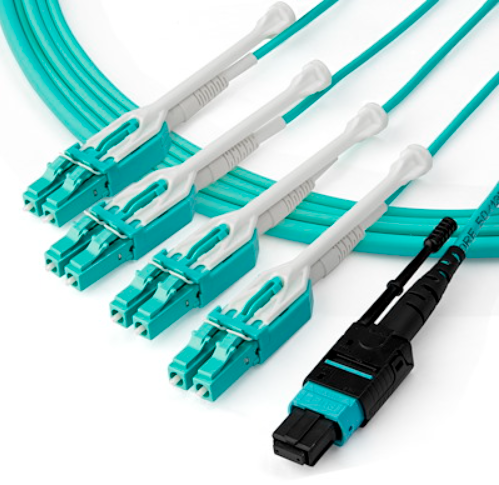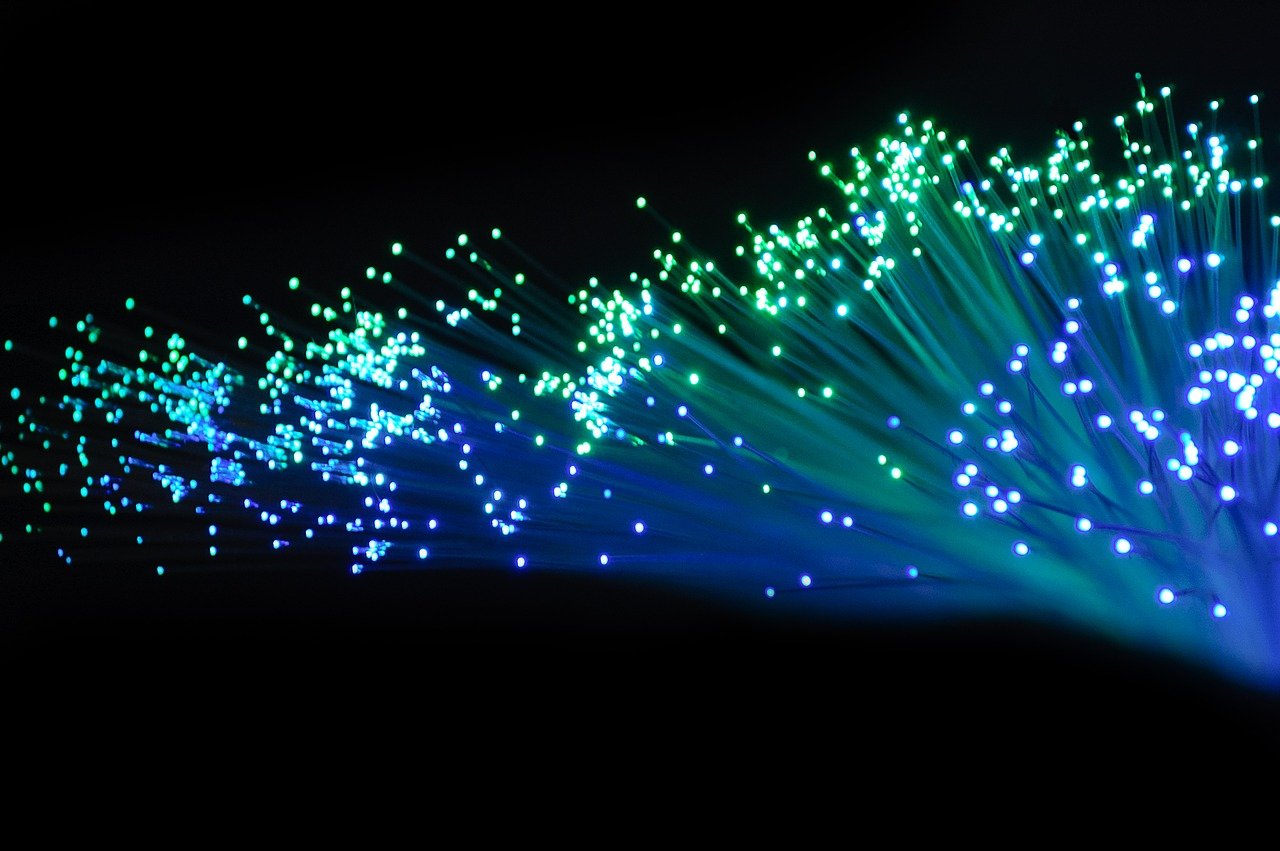The Ultimate Guide to 12 Fiber MPO Breakout Cables for High-Speed Data Transmission

Understanding MPO Breakout Cables
Applications in Network Cabling
Applications in Network Cabling
Data Center Infrastructure
MPO breakout cables are an essential component of data center infrastructure, facilitating high-speed data transmission within the facility.
These cables play a pivotal role in connecting various network equipment and servers, ensuring seamless communication and data transfer.
The structured cabling system in data centers relies on MPO breakout cables to maintain efficient and reliable network operations.
Telecommunication Networks
In telecommunication networks, MPO breakout cables are integral to the infrastructure, supporting the transmission of data across different points within the network.
They are extensively utilized in various telecommunication applications, including structured cabling and fiber optic communication systems, to ensure optimal connectivity and data transfer speeds.
The use of MPO breakout cables in telecommunication networks enhances the overall performance and reliability of the network infrastructure.
Advantages and Considerations
Advantages of MPO Breakout Cables
MPO breakout cables offer significant advantages in high-speed data transmission and network cabling, making them indispensable for modern communication systems. Some of the key advantages include:
High-Speed Data Transmission: MPO breakout cables are designed to facilitate high-speed data transmission, ensuring efficient and rapid transfer of large volumes of data across networks.
Flexibility and Scalability: These cables provide flexibility and scalability in network cabling, allowing for easy expansion and modification of the network infrastructure to meet the increasing demands of data transmission.
Reliability: The use of MPO breakout cables enhances the reliability of network connections, minimizing downtime and disruptions in data transmission processes.
Cost-Efficiency: With their ability to handle multiple fibers within a single connector, MPO breakout cables offer a cost-effective solution for managing complex network architectures.
Considerations for Implementation
When implementing MPO breakout cables, several crucial factors need to be taken into consideration to ensure optimal performance and compatibility with existing infrastructure. These considerations include:
Fiber Type: Selecting the appropriate fiber type based on the specific requirements of the network infrastructure is essential for achieving optimal signal transmission and minimizing signal loss.
Connector Compatibility: Ensuring compatibility between MPO connectors and other components within the network is vital to maintain seamless connectivity and reliable data transmission.
Installation Requirements: Adhering to proper installation practices and guidelines is critical for maximizing the performance and longevity of MPO breakout cables within the network environment.
Understanding Fiber Optic Technology: A comprehensive understanding of fiber optic technology, including differences between multimode and single-mode fibers, is crucial for effective implementation of MPO breakout cables.
The Ultimate Guide to 12 Fiber MPO Breakout Cables
Conclusion: Optimizing High-Speed Data Transmission
In conclusion, 12 fiber MPO breakout cables are indispensable for optimizing high-speed data transmission and network cabling. Understanding the diverse applications and advantages of these cables is crucial for enhancing communication systems. Implementing 12 fiber MPO breakout cables requires meticulous consideration of various factors to ensure seamless and efficient data transmission across networks. By prioritizing the compatibility, reliability, and scalability of these cables, organizations can elevate their network infrastructure to meet the escalating demands of modern data transmission.
See Also
Advantages of Waterproof Fiber Optic Cables: OptiTap MPO Multimode OM3 IP68-rated
Attaining Superior Performance and Cost-Efficient Fiber Optic Connectivity
The Advantages of Outdoor Waterproof FastConnect Fiber Field Assembly Connector
Simplifying Installations: FiberHome Flat Drop Cable
Comprehending FTTR Invisible Fiber Cable: A Revolutionary Solution


